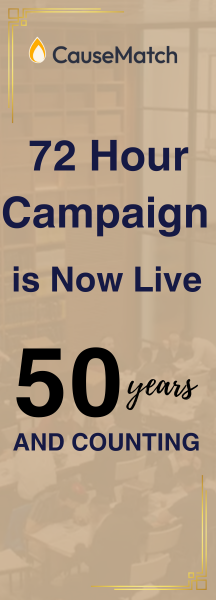Chullin 79 - 85
The Dusty Envelope
When a Jew slaughters a beast or fowl he is commanded by the Torah to "pour out its blood and cover it within dust" (Vayikra 17:13).
Since the Torah does not instruct us to cover it with dust and uses instead a term implying that the blood be enveloped in dust, the gemara concludes that the command is to have dust both below and above the blood.
There is a difference, however, between the manner in which these two coats of dust are applied. Tosefot points out that the top layer must be applied by man. This is why the rule is that while if one covered the blood with dust and it subsequently became exposed he is not required to cover it again, this is not the case when it was the wind which blew dust upon the blood. Although there is no obligation to remove this windblown dust should the wind subsequently blow it away, there is an obligation to cover the blood because there has not yet been a fulfillment of the mitzvah to cover exposed blood by human effort.
In regard to the layer of dust below the blood, however, there is no requirement for it to be placed there by human effort. All that has to be done is to assure that the surface upon which the blood rests is crushed earth. This is why in an earlier part of our Mesechta (Chullin 31a) we find that Rabbi Yona bar Tachlifa was able to properly slaughter a bird in flight with a specially prepared arrow and to simply make sure that the area upon which its blood would fall would not be hard earth. He did apply the top layer of dust himself but did not have to do so in regard to the bottom layer.
- Chullin
Will It Be Fish or Meat?
Which is more expensive fish or meat?
Opposite signals are given in our gemara and in a midrash.
Rabbi Elazar ben Azariah saw in the Torahs statement about "slaughtering from your herd and from your flock" (Devarim 12:21) for the purpose of eating meat an admonition to man not to slaughter all his animals but to be sparing in his consumption of meat. If one has a very limited budget for food he should subsist on vegetables. With more money available he can afford fish and only with considerably greater means should he indulge in meat.
This order of placing meat on a higher level in terms of expense runs counter to the midrash in Parshat Pinchas (as quoted by Rashi in Bamidbar 29:36) which explains why on the first seven days of Succot the number of bullocks offered as sacrifices in the Beit Hamikdash was reduced by one each day from 13 to 7. This was intended to teach a lesson in human conduct regarding hospitality. The first day a guest is served fattened fowl, the next day fish, followed in decreasing order by meat and finally vegetables.
How do we reconcile these two disparate ratings of fish versus meat?
Tosefot offers a simple solution. It all depends on the place. In Rabbi Elazar ben Azariahs community, like in most of the places with which we are familiar today, meat was more expensive than fish while in the place where the author of the midrash, quoted by Rashi in Chumash and Tosefot here, even fish cost more than meat.
- Chullin







